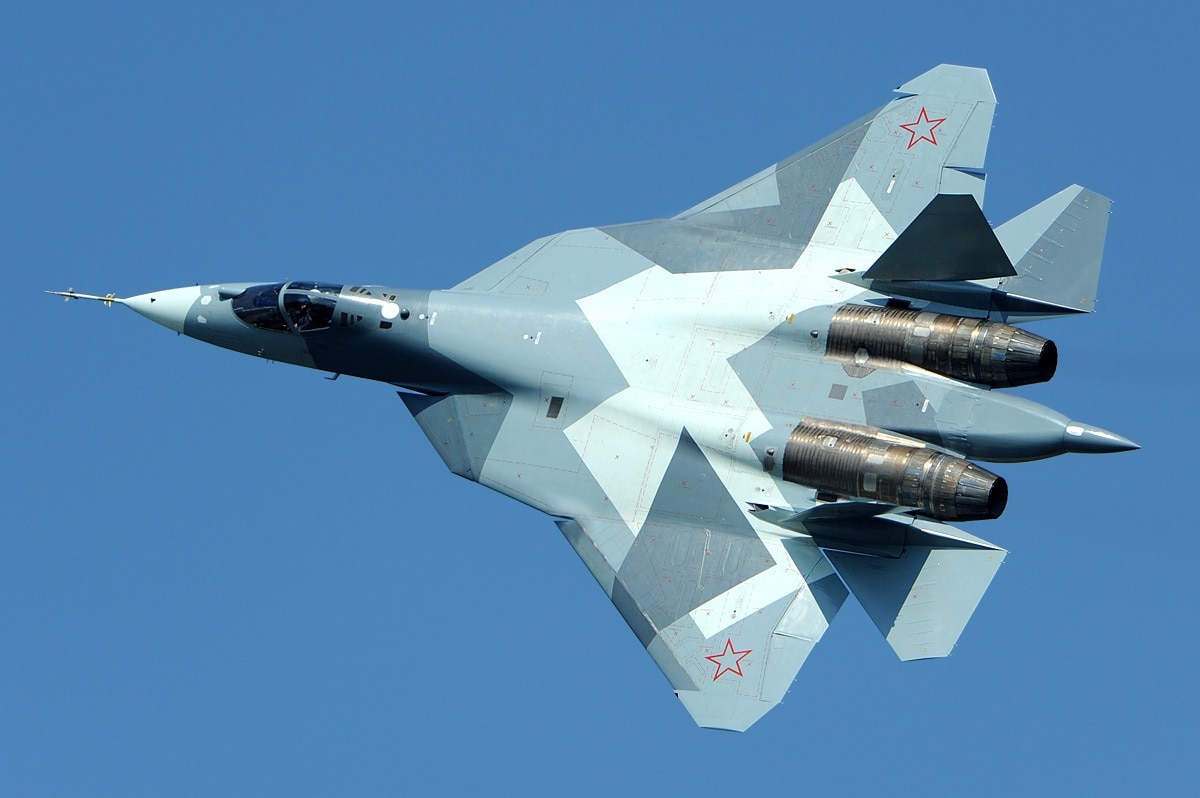Russia has continued to pay close attention to the movement of military vessels in the Black Sea. On Thursday, the Russian National Defense Control Center announced that it was tracking the USNS Yuma (T-EPF-8), an expeditionary fast transport deployed to operate with NATO allies and partner nations in the ongoing Exercise Sea Breeze. More than thirty nations from around the world are taking part in the drills, which are scheduled to conclude on Saturday.
“The forces and means of the Black Sea Fleet have begun to monitor the actions of the Expeditionary Fast Transport USNS Yuma of the US Navy, that entered the Black Sea on July 8,” a spokesperson for the control center told Tass.
The United States Naval Forces Europe-Africa and the U.S. Sixth Fleet confirmed the deployment of the vessel to the neutral waters. Via its official social media account, @USNavyEurope posted on Twitter, “BREAKING: #USNSYuma (T-EPF-8) began its northbound transit into the #BlackSea to operate with our @NATO Allies & partners!”
Not a Warship
Why the Russian military is paying such close attention to the one vessel isn’t exactly clear. USNS Yuma is the eighth Spearhead-class expeditionary fast transport (EPF) of which twelve have been built to date. The high-speed, shallow draft vessels, which were built by Austral USA, can provide intratheater transport of medium-sized cargo payloads. Able to transport U.S. Army and U.S. Marine Corps company-sized units with their vehicles, the vessels can also be reconfigured and used as troop transports for a full infantry battalion.
The Spearhead-class features an aluminum twin-hull catamaran shell, as well as a flight deck for helicopters and a load ramp that allows for quick drive on and off from the ship. Up to 100 tons of vehicles and cargo can be loaded on the ship. All of the EPFs are operated as part of the Military Sealift Command’s (MSC’s) Sealift program.
MSC operates approximately 125 naval auxiliary civilian-crewed ships, which can replenish U.S. Navy ships, strategically preposition combat cargo at sea, and move military cargo and supplies used by deployed U.S. forces as well as collation partners around the world. Designed for a crew of forty-six, the ships typically operate with just twenty-six – while it also has 104 permanent berthing spaces. As the ships are run by civilian crews, there is a greater level of comfort than larger U.S. navy vessels. This includes stateroom-style berthing areas for the ship’s crew, which includes numerous private features such as toilet stalls, outlets and even air conditioning.
World Wide Deployments
USNS Yuma was previously deployed this year to Tangier, Morocco as a port visit to strengthen the U.S.-Moroccan maritime partnership, and to demonstrate the U.S. Naval Forces Africa’s effort to build global maritime partnerships with African nations in order to improve maritime safety and security in the region. That visit also coincided with the 200th anniversary of Morocco giving the United States the American Legation building in Tangier as a gift.
Another Spearhead-class EPF, USNS Trenton, began conducting an interoperability exercise with the Tunisian Navy on Tuesday.
Peter Suciu is a Michigan-based writer who has contributed to more than four dozen magazines, newspapers and websites. He regularly writes about military small arms, and is the author of several books on military headgear including A Gallery of Military Headdress, which is available on Amazon.com.

